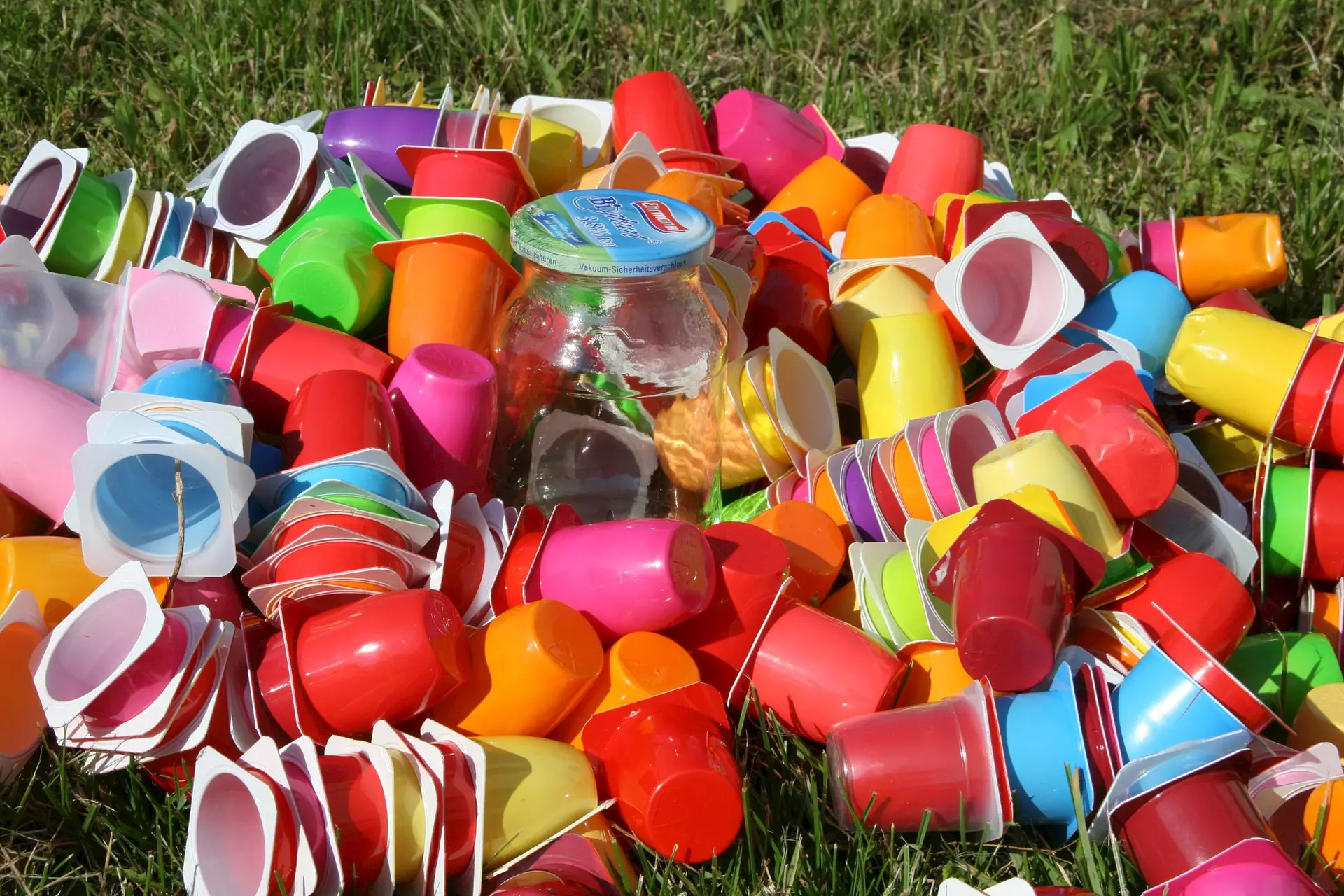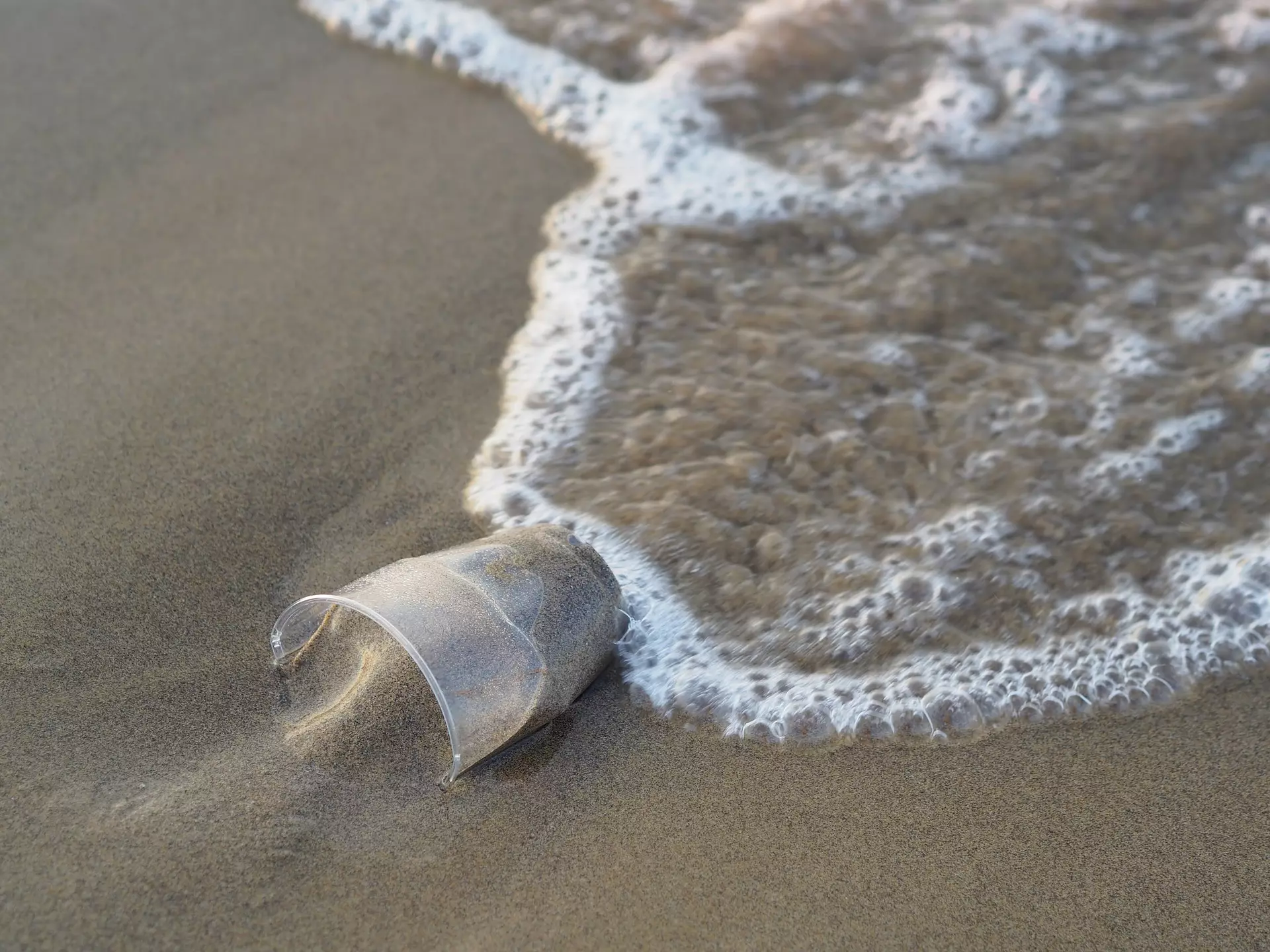The challenge will be to implement the regulations without undermining the practicality and safety of packaging: Klose
WhatPackaging? speaks to Beatrice Klose of Intergraf, the European federation for print and digital communication, to get an overview of latest developments in the European Union (EU) packaging market and the sign of things to come
23 May 2020 | By WhatPackaging? Team
Across Europe, sustainability has been an important feature of the policy discourse for the past decade or more. However, according to Intergraf, the real sense of urgency and willingness of policymakers to accelerate the adoption of legislation to curb the actions of consumers and industry is now happening at a pace not seen previously.
In March 2019, the EU adopted the Single-Use Plastics Directive (SUP Directive) – Authoritative instructions that provide a framework consisting of bans on specific plastic products, incentives to reduce production and consumption of plastic products, manufacturer responsibility programmes and plastic collection and reuse initiatives. “One of the most significant acts of the previous European Commission (2014-2019) for the packaging market was the adoption of the SUP Directive. The Directive has received a mixed response from the industries affected – but is now in force regardless,” says Beatrice Klose, the secretary general of Intergraf.
Efforts towards sustainability gain pace
At EU level, there seems to be a concerted effort to incorporate ‘green’ policies across all areas of work – for instance the interaction of the EU’s Green Deal and the New Industrial Strategy for Europe.
Klose says, “As Intergraf represents Europe’s printing industry, it is closely following all developments in this regard to ensure that its companies are equipped to deal with the changes. For instance, climate change and pollution are serious problems and to tackle it. We are actively working with our value chain partners and EU officials to find solutions to improve the practices of the industry.”
Klose explains that a strong focus of policymakers will continue to be improving the sustainability of manufacturing and the circularity of products. However, changes are already being made without regulation: printers are keen innovators and have been used to changing with the times. “The essential need to contribute to the inevitable shift to a greener world, as well as demands from brands and consumers, are guiding the conduct of our industry and plans for the immediate and longer-term future,” she adds.

The SUP Directive provides a framework consisting of bans on specific plastic products
Nevertheless, expected new regulations will also force change – which will impact companies within the EU as well as companies in non-Member States, which export to the EU. This will also include the UK at the end of 2020 when the transition period to its exit of the EU concludes. “All products sold on the single market are bound by EU law and standards, regardless of their country of origin. Particularly as a majority small company industry, Intergraf will continue working to ensure these changes happen as smoothly as possible,” says Klose.
The SUP Directive
The SUP Directive aims to reduce marine litter by banning certain items. For instance, disposable plastic cutlery and plastic-coated plates as well as straws, which commonly washup on European beaches; and to reduce the consumption of other products which have less widely available alternatives such as plastic-coated food or beverage containers.
“The national governments of the EU’s Member States have until 2021 to incorporate this piece of legislation into their laws. The EU legislative instrument of a ‘Directive’ means the EU sets minimum standards and goals. The EU’s Member States then choose how to achieve the aims, and are encouraged to go beyond the minimum goals, giving them a degree of flexibility for the Directive’s implementation,” says Klose.
Therefore, Indian exporters must first check that the product they are selling does not fall under the items banned (effective mid-2021). And it is also advisable to check national rules of each country in case there are slight differences in how the various governments intend to achieve the aims of the Directive, for instance rules on product design or labelling requirements.
The Circular Economy Action Plan
“With the new European Commission (2019-2024), this Directive is just the starting point. And over the last few months, the headline policy goals for the next few years were published. The European Green Deal; the New Industrial Strategy for Europe; the EU Circular Economy Action Plan; and the SME Strategy for a Sustainable and Digital Europe all have a strong emphasis on tackling climate change and improving the sustainability of Europe’s industries,” says Klose.
Crucially, the Circular Economy Action Plan has a chapter on packaging and plastics. The core aim is to reduce the volume of packaging material consumed per EU citizen. As part of this, the European Commission will seek to revise the rules on the ‘essential requirements of packaging’, which is part of the Packaging and Packaging Waste Directive.
“Currently, packaging can only be placed on the EU’s single market if it meets the criteria of being limited in weight and volume; having reduced hazardous substances; and being designed for reuse and recovery. The revised rules are expected to reinforce the requirement for packaging to be re-usable and easily recycled,” she adds.
The Action Plan also continues the European Strategy for Plastics in a Circular Economy, published in 2018, by introducing mandatory requirements for recycled content and waste reduction measures in packaging materials. Intentionally added microplastics will also be targeted. According to the Plastics Strategy, the objective would be to ensure that, by 2030, all plastic packaging placed on the EU market is reusable or can be recycled cost-effectively.
Klose says, “With the success of paper recycling in Europe, where over 70% is recycled, this is a great example of printers contributing to the circular economy. We will have our part to play in emulating this success for plastics.”
However, there is a clear problem currently where recycled paper, which was not intended for food contact, is then incorporated into new food contact materials, meaning particles of unwanted substances, such as mineral oil, may still be present. With the European Commission’s expressed goal for packaging to contain recycled plastics, this is an important point to bear in mind for health and safety reasons.
Recycled packaging for food-grade applications
One question that is revolving around in the Indian packaging industry is when will India allow the usage of recycled packaging in food-grade applications. Some experts say that the major reason why it has not been implemented yet is because of the scepticism over the quality of recycled content. According to Klose, there is a separate action plan, which is an ongoing review of rules on food contact materials. This may culminate with new legislation being proposed in 2022. It is essential that all new obligations for the food packaging industry are aligned and the required changes simple and practical to implement.
“The challenge will be to implement new regulations without undermining the practicality and safety of packaging. Balancing the aims of reducing plastic pollution with ensuring packaging protects and extends the shelf-life of food products – essential for reducing food waste – is a challenge that regulators must address sensibly. Innovation clearly has a part of play here – but solutions may not be as instant as regulators expect,” says Klose.

The Plastics Strategy targets to reduce marine litter
The EU believes that international cooperation is crucial to fight the accumulation of plastics in the oceans, and this is a key part of the Plastics Strategy. Companies in countries which trade with the EU such as India can expect the EU to initiate a global circular value chain. “The Plastic Strategy includes aims such as developing international standards for the quality of recyclable or recycled plastics; targets to reduce marine litter; and promoting circular plastics through trade dialogues. EU funds will support waste management,” says Klose
This is from the stance that pollution and climate change know no borders: acting to ensure society and the economy perform better environmentally is a global challenge. Packaging will always be an essential component of a product. Therefore, the printed packaging industry must be part of the solution to ensure our products are safe, practical, and aligned with actions to achieve a sustainable future.














 See All
See All